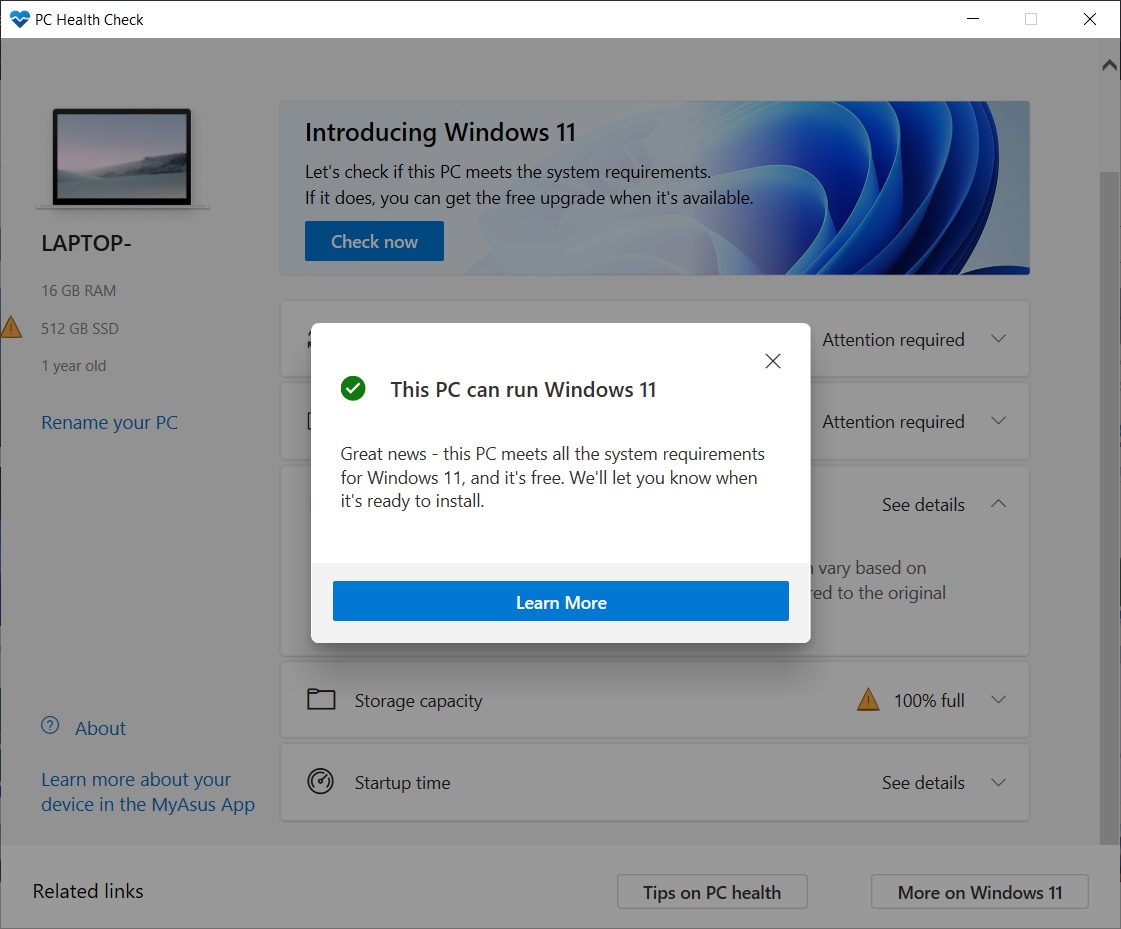

#Disk health check windows 7 how to#
See Dell Knowledge Base article How to Run a Dell Online Diagnostic Test for more information. This is all complicated by the fact that Windows is not designed as a multi-boot OS, (though it certainly works as one), and does not gracefully let other boot managers like grub control it's boot process. Dells online diagnostic test helps you scan the computer for issues, recommends troubleshooting steps, get automated fixes, and order replacement parts when needed. As the other person stated, it's best to manage Linux filesystems with Linux tools from within Linux, and manage Windows files using Windows tools from within Windows. If Windows is shut down unexpectedly, such as from a crash or power failure, files will be left in an inconsistent state, and even Linux tools will warn you against trying to write to an inconsistent disk state, as there is a risk of overwriting or corrupting data. If you modify or tamper with NTFS files from outside your Windows account, it will be detected when you restart Windows and probably force a consistency check. NTFS is a robust filesystem that is hard to break, and not prone to issues of corruption or errors. NTFS has it's own journaling system, and it's own repair/recovery methods. Most modern drives have a feature called S.M.A.R.T.(Opens in a new window)(Self-Monitoring, Analysis, and Reporting Technology), which monitors different drive attributes in an attempt to detect a failing disk. Check Hard Disk Bad Sector You can run disk surface test to examine your hard discs health and discover faulty sectors. Regarding the rest of your question, there is no tool that does what you want from within Linux, really, because of the way the NTFS filesystem works.
:max_bytes(150000):strip_icc()/policies-windows-registry-2c537f14f4f04de89a60a2541cc5fde1.png)
I'd suggest you obtain a utility from your disk manufacturer (which usually runs from a boot disk) and check whether your disk is functioning correctly. You can view the information about the disk health of your computer through the Control Panel (Control PanelSystem and SecuritySecurity and Maintenance). What you are describing sounds very much like a hard disk/hardware issue. You can check SMART disk data using Windows built-in tools.


 0 kommentar(er)
0 kommentar(er)
